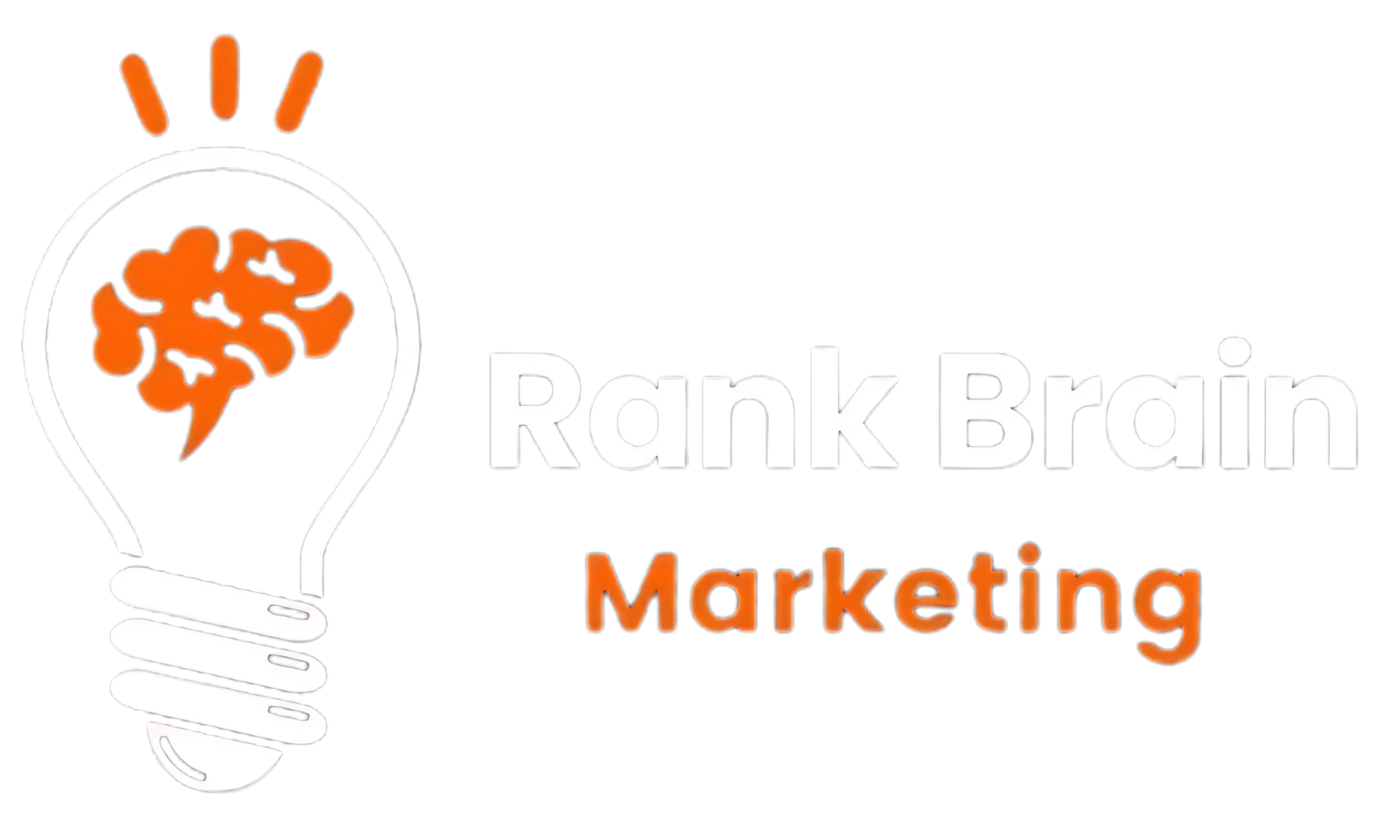White hat SEO techniques are safe and effective methods to rank your website better on search engines. This article isn’t going to be an in-depth guide into the different strategies involved with white hat SEO, but an introduction to help you decide if it’s right for your business.
1. What is white hat SEO?
White hat SEO is diametrically opposed to black hat SEO. Black hat SEO refers to techniques and strategies used to get higher search rankings and break search engine rules. SEO is the employment of approaches and procedures that are focused on a human audience rather than a search engine.
Using keywords and keyword analysis, backlinking, link building to boost link popularity, and generating content for human readers are all examples of SEO techniques.
Those that intend to make a long-term investment in their website are more likely to accept white hat SEO. Also called ethical SEO, follows the guidelines of Google and other search engines.
2. What are the benefits of white hat SEO?
white hat SEO (also called “white hat link building” or “ethical link building”) is a set of practices and techniques that are used to improve search engine rankings in ways that are in line with the terms of service and quality guidelines of search engines like Google, Yahoo!, and Bing.
SEO practices include techniques such as:
- Making one-of-a-kind, high-quality content that people want to read.
- Building your site around a specific topic or theme.
- Ensuring your website has a sitemap.xml file, so that search engines can easily find all your pages.
- Adding relevant content regularly over time, and making sure it never becomes outdated.
3. When should you use white hat SEO?
White hat SEO can also be used for clients who are looking for a long-term approach to high rankings in search engines. Because SEO is more of a long-term investment, it is ideal for clients who want to establish their website as an authoritative resource or build a stronger reputation.
White hat SEO is also beneficial to clients who are looking to build and develop their brand name, especially those who wish to further their business goals via a strong online presence.
Finally, there are also some instances where SEO can be used to improve links and rankings, especially if you want to make sure that your site is ranked highly by the search engine. This type of optimization is often combined with link-building campaigns.
4. Where should you focus on using White Hat?
White hat SEO strategies are the ones that follow Google’s guidelines and don’t try to trick the search engine into putting your site at the top of the rankings. The most important step in any white-hat strategy is to create great content. If Google thinks you’re creating content just because it’s popular and not because it’s useful, you can still get penalized.
Other examples of white hat tactics include:
Emphasizing the user experience with fast load times, easy-to-use navigation, and other elements that make people want to visit your site
Providing authoritative content that is useful for readers, not just for search engines.
Use relevant keywords in titles, descriptions, headings, and body text without keyword stuffing.
5. What are the pros and cons of doing white hat SEO?
Here’s a little overview:
Pros:
- You’re safe from Google penalties.
- The results are long-lasting.
- More traffic, more conversions.
Cons:
- You need to be very patient, sometimes it takes months to see results.
- It’s a time-consuming process.
- Doesn’t work well with websites having thin or poor content.
6. What are the best ways to do white hat SEO?
There are many techniques in white hat SEO that you can use to rank your website for your target keywords. Here are some of them:
6.1 Write content for humans, not search engines:
Be sure to write naturally and create content that provides value to the readers. Your writing should be easy to understand and read as well as grammatically correct. Your content must also be unique. Make sure not to duplicate any content (including product descriptions) across your website or within other websites online.
6.2 Create relevant metadata:
Each page on your site should have unique meta titles and meta descriptions that accurately describe each page’s content, using your target keywords where it makes sense.
6.3 Use heading tags appropriately:
Headings help break up the copy on a page into easily digestible sections that users can skim over quickly while providing search engines with more information about what the various sections contain.
6.4 Optimize images:
Include descriptive alt text and filenames for all images on every page of your site so that search engines understand what the image is about and humans know what to expect when they click on a thumbnail image in search results.
7. What tools can you use in order to do white hat SEO?
The white hat SEO refers to the use of optimization strategies, techniques, and tactics that are targeted at a human audience rather than search engines and stay true to search engine rules and policies.
Some of the recommended tools for White Hat SEO are:
8. How will you know when to use White Hat?
White hat SEO is the use of strategies, techniques, and tactics. this SEO is in line with the terms and conditions of the search engines and does not involve any deception. As such, the practices do not adversely affect the search engine rankings or the user experience of a website.
SEO is more than just following guidelines. it is about ensuring that the content that a search engine analyses and ranks are the same content that a user sees. White hat advice is sometimes defined as creating material for people rather than search engines and then making that information freely available to internet “spider” algorithms, rather than attempting to fool the algorithm away from its original goal. Although the two are not identical, SEO is related to web development that supports accessibility in many ways.
Today’s white-hat SEO should be a holistic approach to your overall marketing efforts — one that ties in with all other marketing channels you’re using. A comprehensive strategy should include:
- Content creation and strategy
- Keyword research
- Content distribution and promotion
- Technical optimization
9. You can learn how to do white hat SEO.
White hat SEO refers to the use of optimization strategies, techniques, and tactics that target a human audience, not search engines, and fully follow search engine rules and guidelines. SEO is similar in many ways to web development that promotes accessibility, although the two are not the same.
The seo isn’t just about following guidelines, it’s about ensuring that the content that a search engine indexes and then ranks for are the same content that a user will see. users, not search engines, and then make that content easily accessible to spiders, rather than trying to trick the algorithm into failing its intended purpose. SEO is related to web creation that encourages accessibility in many aspects, but the two are not identical.










